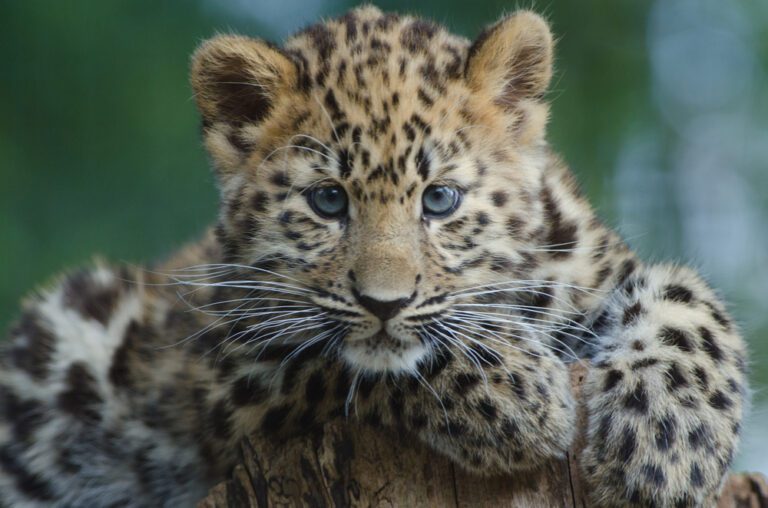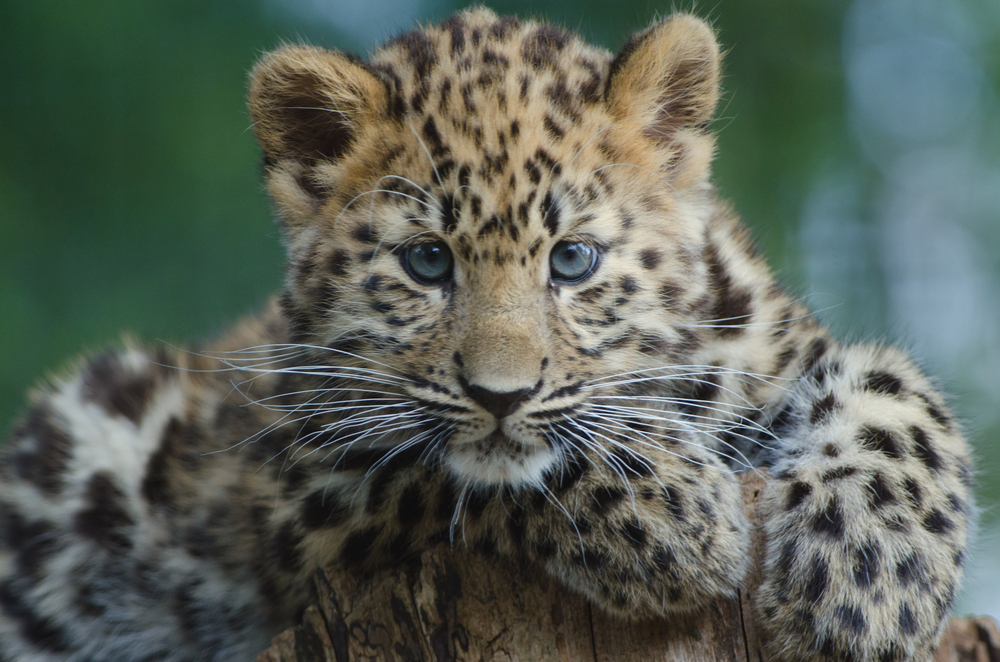
[ad_1]

Scientists have identified five major episodes of mass extinction in the past 550 million years. These episodes were rare but extremely deadly, and at least 76 percent of species were lost forever. The last mass extinction happened about 65 million years ago when an asteroid destroyed dinosaur life.
Many scientists now say the planet is experiencing its sixth great mass extinction, and the greatest acceleration in the loss of animal life has happened in the past century. A 2022 study in Nature found that about 40 percent of amphibians, 25 percent of mammals, 21 percent of reptiles and 13 percent of birds now face extinction.
Climate change is a driving factor in animal extinction. A May 2023 study in Global Change Biology found the environment has significantly degraded in the past 50 years. Animals have lost their habitat to deforestation, disease, fire and flooding. Others are dying off simply because they cannot live in warmer waters or climates.
Although conservationists are working to save habitats and stop harmful practices such as poaching, many animals are not expected to make it to the second half of the century. Here are four animals at risk of extinction by 2050.
1. The African Forest Elephant
(Credit: Ondrej Prosicky/Shutterstock)
These smaller, forest-dwelling elephants have long lived deep in the tropical forests of West and Central Africa. Almost a century ago, as many as five million African forest elephants (Loxodonta cyclotis) roamed the continent. Now, advocacy groups estimate that only a few hundred thousand remain.
African forest elephants have been victims of poaching and land loss. One study found that half of the elephants’ possible habitat had been cleared for farming or housing. Although some of these elephants have found refuge in national parks and protected areas, poachers still sneak into sanctuaries and target them.
The loss of these forest-dwelling giants will have an environmental impact. African forest elephants are megaherbivores who trample through the forest to eat leaves, bark, fruit and whatever else looks tasty. Their preference for specific trees and fruits shapes their forests’ biodiversity, and studies have found the loss of the elephant population has negatively impacted certain insects, particularly butterflies.
Read More: Can Elephants Learn By Observing and Imitating Others?
2. Amur Leopard
(Credit:Amur Leopard/Shutterstock)
The Amur leopard (Panthera pardus orientalis) is considered the most endangered big cat. These solitary predators have a thicker coat that helps them endure cold weather. Their coats are denser and paler than other leopards. They are the northernmost of all leopard species, and in the past, wild Amur leopards could live for around 15 years.
But poaching and deforestation have threatened the Amur leopard to near extinction. The Amur leopard lives in a forested mountain region near the border of Russia, China and North Korea. In the 1990s, hunting and deforestation decimated the population, and only around 20 leopards remained.
Conservationists have worked to rebuild the population to around 100. However, these remaining leopards have been pushed into smaller territories, resulting in a lower genetic diversity, making it harder to rebuild their population.
Read More: 7 Fascinating Wild Felines That Just Might Make You a Cat Person
3. Northern Long-Eared Bat
Many bat populations across the world are now considered vulnerable to extinction, including bats whose insect-eating diets are critical to controlling the pest population.
At the start of 2023, the northern long-eared bat (Myotis septentrionalis) was classified in the U.S. as an endangered species. Wildlife officials say the threat of extinction is real, especially as bat populations have been wiped out by white-nose syndrome — an infectious disease that has killed entire colonies at “unprecedented rates.”
Northern long-eared bats are found in 37 U.S. states. They hibernate in caves during the winter, though they also like abandoned mines and other cavernous-like structures. In the summer, these three-inch-long little bats are insect-eating machines.
(Credit: Steve Taylor/University of Illinois/U.S. Fish and Wildlife Service)
Northern Long-Eared Bat With White Nose Syndrome
Problematically, experts have identified white-nose syndrome in 38 U.S. states. This disease causes a fungus-like growth to spread across the bats’ noses, faces and wings while hibernating. The fungus forces the bats to come out of their hibernation early, which leads to dehydration, starvation and death.
White-nose syndrome has killed millions of bats since 2006. U.S. wildlife officials actively seek ways to save the population from the infection before it’s too late. Losing these bats would have a significant environmental impact — it’s estimated their pest control efforts and pollination abilities contribute $3 billion to the U.S.’s agriculture economy.
Read More: Protecting the Coolest Types of Bats in North America
4. Yangtze Finless Porpoise
(Credit:Takayuki Ohama/Shutterstock)
Two types of freshwater dolphins used to swim the Yangtze River in China. The Baiji dolphin, which was declared extinct in 2006, and the Yangtze finless porpoise (Neophocaena asiaeorientalis), whose numbers are rapidly dwindling.
The once-quiet river is now busy, and the Yangtze finless porpoise is threatened by fishing and injury from boats. Although fishing boats might not target the porpoises, they are often tangled in the nets or struck by boats. Pollutants in the river have both contaminated the porpoises and killed off their potential prey, thus limiting their feeding options.
The Yangtze finless porpoise population has declined by about 50 percent since the 1980s, and scientists think that only about 1,100 are still swimming in the river. Their smaller numbers have led to genetic isolation, and the lack of genetic diversity means they can’t successfully reproduce or produce offspring that can adapt and survive their harsher habitat.
Advocacy groups estimate there is a 90 percent chance these porpoises will be extinct before the end of the century.
Read More: The Dugong is a Manatee Cousin That No Longer Exists in China
[ad_2]